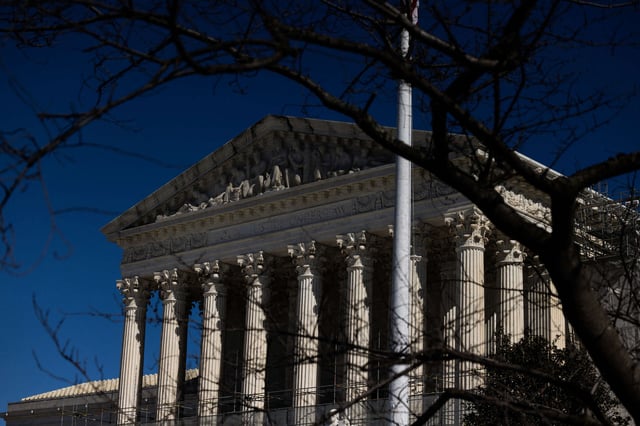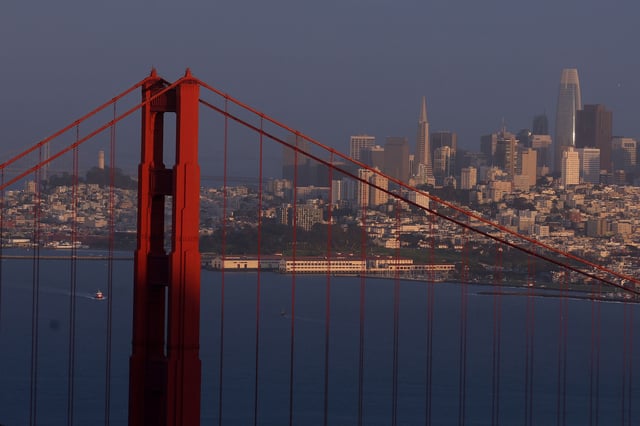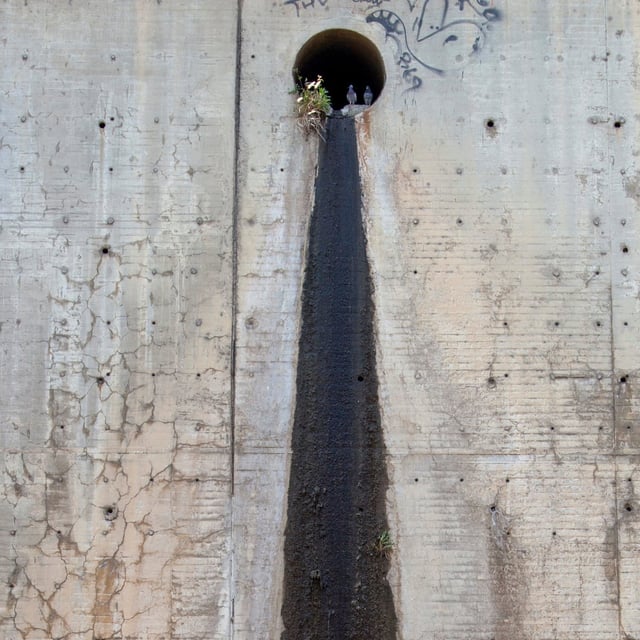Overview
- The Supreme Court ruled that the EPA cannot enforce general prohibitions against violating water quality standards in pollution permits, requiring specific numeric limits instead.
- The case arose from San Francisco's challenge to its wastewater permit, which included vague standards holding the city responsible for overall water quality violations.
- The majority opinion, authored by Justice Samuel Alito, argued that the Clean Water Act does not authorize such broad mandates, emphasizing pre-discharge limitations over end-result requirements.
- The dissent, led by Justice Amy Coney Barrett, argued that the EPA's approach was consistent with the Clean Water Act and necessary to enforce water quality standards effectively.
- The ruling is expected to complicate EPA enforcement efforts, as it will require more detailed and resource-intensive permit drafting, potentially impacting water pollution regulation nationwide.



